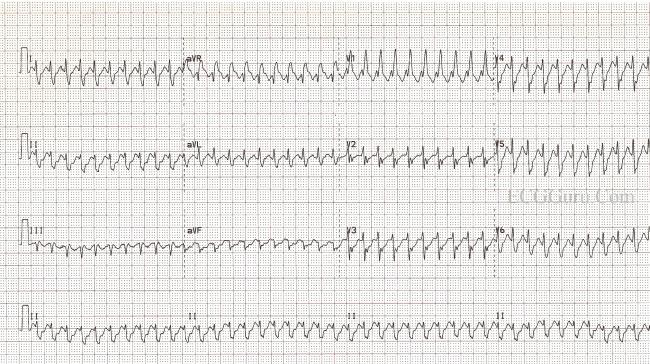
The mechanism underlying the unique property of decremental conduction is not fully understood, although two hypotheses have been put forth. The anatomic separation of about 15 mm between the anterior (fast) and posterior (slow) approaches is what allows safe ablation of the putative "slow pathway" for the treatment of AV nodal reentrant tachycardia without the creation of complete heart block. The compact AV node gives rise to three posterior extensions: one in the direction of the coronary sinus along the tricuspid annulus (the putative "slow pathway"), a second in the anterior portion of the triangle of Koch near the compact portion of the AV node (the putative "fast pathway"), and the third in the direction of the mitral annulus (the left atrial extension). The compact zone measures 5-7 mm in length and 3-4 mm in width and is located in the triangle of Koch. The transmission of impulse from the sinoatrial node over the "fast pathway" (green arrow) and over the "slow pathway" (red dashed arrow) to the AV node is depicted. Schematic representation of the interior of the right atrium, as viewed in the right anterior oblique projection. This zone of transitional cells envelops the compact AV node, serving as the connection between the surrounding atrial myocardium and the compact node. The transitional zone consists of "transitional cells", so called because they are intermediate in morphology and function between the compact nodal cells and the atrial myocytes. The AV node can be considered to be made up of two zones, transitional and compact. The apex of the triangle is formed by the junction of these two boundaries and the base is formed by the superior lip of the orifice of the coronary sinus. The triangle is visualized on the right side of the endocardial surface of the interatrial septum, and is formed anteriorly by the insertion of the septal leaflet of the tricuspid valve and posteriorly by the fibrous tendon of Todaro.

The compact AV node is located at the base of the atrial septum in the triangle of Koch ( Figure 1). Though there were numerous researchers who identified the presence of an electrical connection between the atria and the ventricles, the physical existence of the AV node was definitively proven by Tawara. This property of decremental conduction also allows for protection of the ventricles from very rapid rates during atrial fibrillation. By virtue of its unique property of decremental conduction, the AV node delays the impulse arriving from the atria, thereby allowing the ventricles to stay in diastole, providing sufficient ventricular filling time. The AV node is part of the AV conduction axis.


 0 kommentar(er)
0 kommentar(er)
